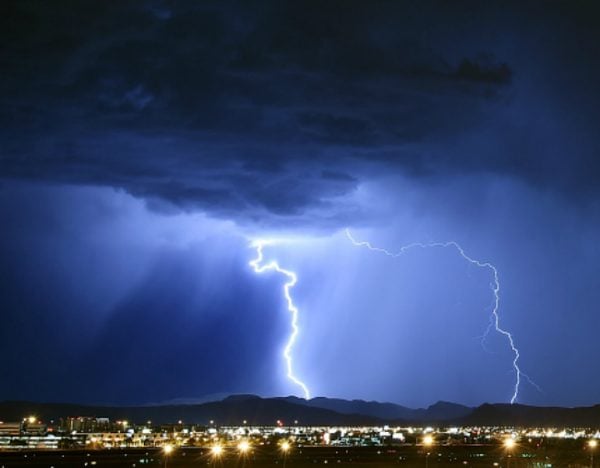On Friday night, a Melbourne couple was struck by lightning in Chirnside Park.
Lauren Brownlee, 25, and Ben Hollow, also in his 20s, pulled over to get out of their car and watch the forceful storm in action. But in a tragic turn of events, the two were fatally struck. Hollow suffered a cardiac arrest and was transported to hospital along with Brownlee, who had lost all feeling in her legs. She later died overnight.
The freak incident leads us to question just how low the risk is of being struck by lightning.
It turns out, not as low as we thought. Lightning is the cause of around 10 deaths and over 100 injuries in the Australia per year, and research finds you are 700 times more likely to be struck than to win the lottery. Most importantly, there are ways we can maximise our safety.
Here’s what you need to know to stay safe.


